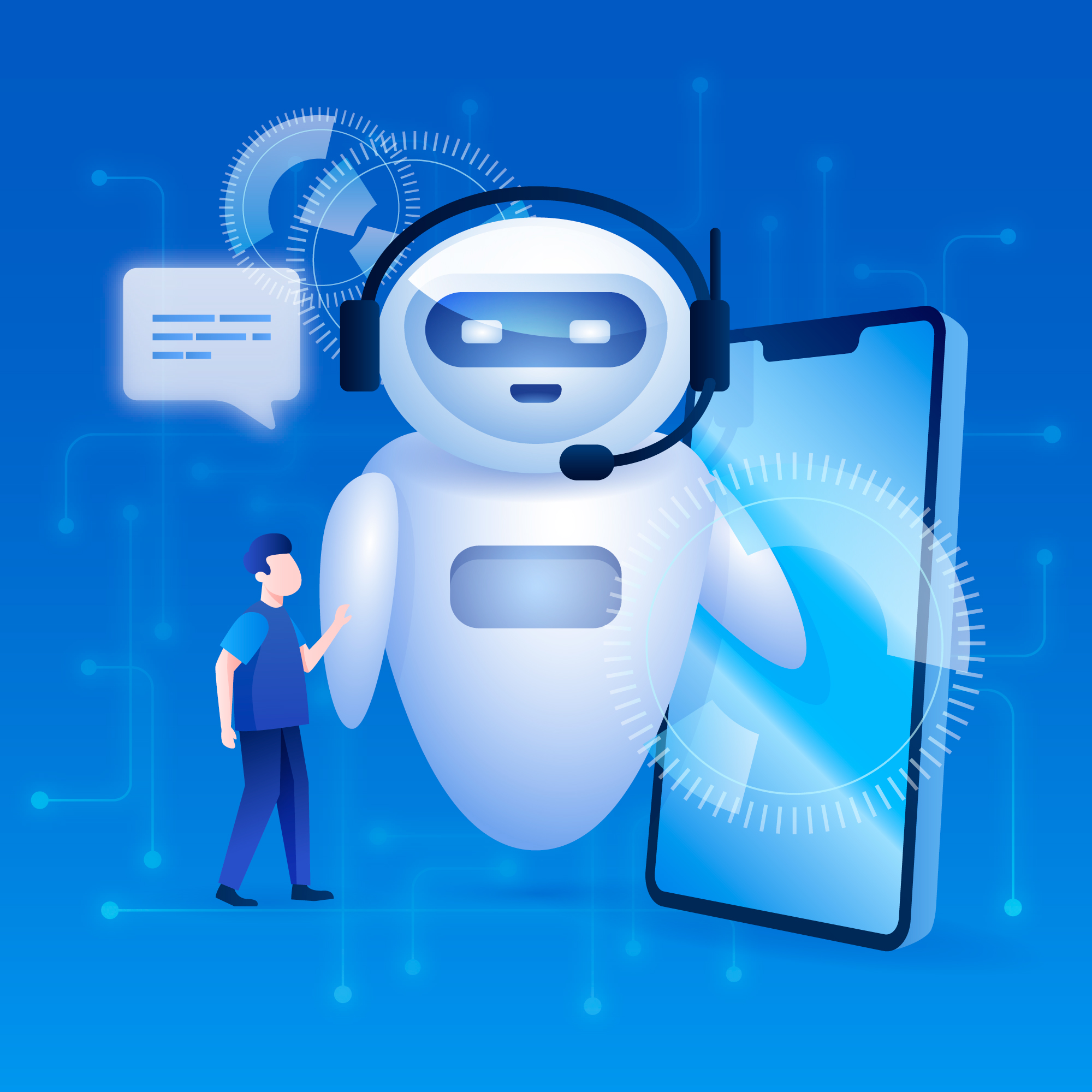Introduction Fast-growing mid-market is under unprecedented pressure to “do something with AI”—but lack impartial assessment, internal expertise, and clear ROI. This urgency is driving decision-makers to seek flexible, healthcare-informed external AI partners over generic SaaS or risky DIY paths. Why MSOs and TPAs Are Feeling the AI Squeeze? Why Black Box AI and SaaS Uplift […]

Introduction
In an ever-changing healthcare environment, Third-Party Administrators (TPAs) are pivotal players. They offer a wide array of services, from claims processing to eligibility verification and provider network management. At Serious Development, we're convinced that the integration of Artificial Intelligence (AI) and Robotic Process Automation (RPA) can be a game-changer for TPAs. These technologies can significantly elevate efficiency, reduce manual errors, and add stakeholder value. Let's explore the various use-cases where AI and RPA can make a transformative impact.
Claims Management
Automated Claim Adjudication

AI algorithms can automatically validate claim details against policy rules, thereby reducing the need for manual oversight. This not only accelerates the adjudication process but also minimizes the risk of human error, which can be costly both in terms of time and resources.
Fraud Detection
Fraudulent claims can be a significant drain on resources. AI can analyze vast sets of claims data to identify anomalies and patterns indicative of fraud. This proactive approach can save millions and protect the integrity of the healthcare system.
Predictive Analytics
Using machine learning algorithms, AI can analyze historical claim data to predict future trends. This includes the likelihood of claim rejections or identifying potential high-cost claims. Such predictive insights allow TPAs to optimize their claims management process, leading to cost savings and more efficient operations.
Customer Service

AI Chatbots
AI-powered chatbots can handle a large volume of routine customer inquiries, operating 24/7. This frees up customer service representatives to focus on more complex and sensitive issues that require human intervention.
Sentiment Analysis
By applying natural language processing, AI can analyze customer interactions across various channels like calls, emails, and chats. This data can be used to gauge customer sentiment and satisfaction levels, providing actionable insights for service improvement.
Automatic Call Routing
Using machine learning algorithms, AI can classify incoming calls based on the nature of the inquiry. This ensures that calls are routed to the most suitable agent, thereby improving both efficiency and customer satisfaction.
Eligibility Verification
Automated Eligibility Checks
RPA bots can automate the eligibility verification process by cross-referencing a patient's insurance coverage against various factors like plan details, services requested, and provider network. This eliminates manual errors and speeds up the verification process, leading to quicker service delivery.
Real-Time Updates
AI can process real-time data feeds to ensure that a patient's eligibility status is continuously updated. This real-time accuracy is crucial for avoiding claim rejections and improving overall service delivery.
Provider Network Management

Automated Data Updating
RPA can take over the mundane task of updating provider data, such as credentials, specialties, and performance metrics. This automation ensures that the provider network database is always current, reducing the risk of outdated information.
Provider Performance Analysis
AI can sift through vast amounts of provider performance data to identify best practices and areas needing improvement. These insights can be invaluable for TPAs aiming to optimize their provider networks.
Network Adequacy Analysis
AI can analyze data on patient demographics, provider availability, and service usage to assess whether the provider network meets the needs of the covered population. This analysis can identify gaps in coverage and areas for expansion.
Case Management
Personalized Care Plans
AI can analyze a wide range of patient data, including medical history, demographics, and lifestyle factors, to generate personalized care plans. These tailored plans can significantly improve patient outcomes by focusing on individual needs.
Patient Risk Stratification
By analyzing patient data, AI can identify those at high risk for specific conditions or complications. This enables healthcare providers to take proactive steps, such as targeted interventions or specialized monitoring..
Audit and Quality Assurance

Automated Document Retrieval
RPA can automate the often tedious process of retrieving necessary documents for an audit. This ensures a more efficient and consistent audit process, reducing the burden on human staff.
Anomaly Detection
AI can scrutinize audit data to identify trends, anomalies, and areas of risk that may require further investigation. This proactive approach can help TPAs stay ahead of potential compliance issues.
Predictive Compliance Monitoring
AI can analyze historical audit and compliance data to predict future risk areas. This enables TPAs to take proactive measures, such as targeted audits or process adjustments, to prevent potential compliance breaches.
Want to learn more?
Ready to take your TPA operations to the next level with AI and RPA? Contact us at Serious Development to explore how we can help you scale your operations and deliver unparalleled value to your stakeholders.






